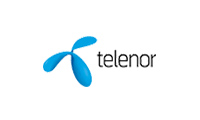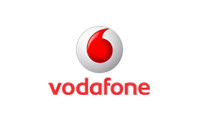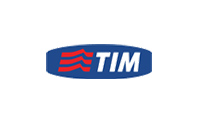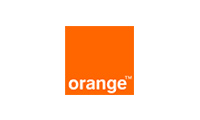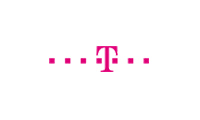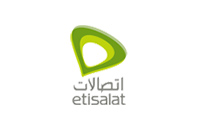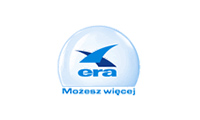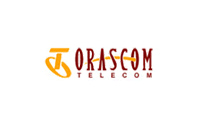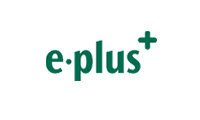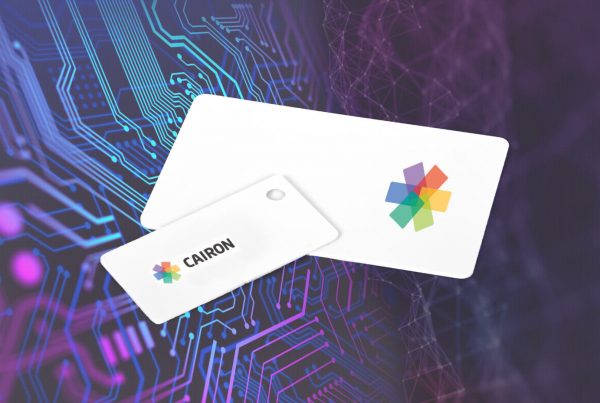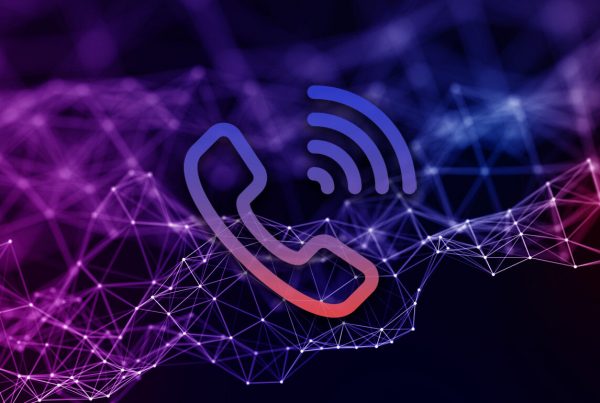Decentralized energy supply: Smart meters & M2M communication
Energy providers are turning to digital transformation to increase their efficiency and achieve their sustainability goals. As a result, the energy market is experiencing a phase of disruptive change. An increasing share of our energy comes from renewable energy sources. Much of the energy from wind, hydro, solar, and biogas is generated in areas of distributed power and fed into the grid. To cope with this increasing complexity, powerful and reliable M2M data connections and communication solutions are needed to coordinate the transport and distribution from the point of generation to the end user in a predictive, flexible and efficient way.
Smart IoT solutions & M2M communication for distributed energy supply
Smart meters are paving the way for the transformation of our energy system toward more renewable energies and a decentralized energy supply. Smart meters exchange data via smart meter gateways (SMGW for short) and thus enable the smart grid of the future. In the future, electricity consumers and generators will be linked via the smart grid and communicate digitally, increasing the requirements for secure and efficient grid operation. The smart meter gateway is a particularly secure interface that enables communication between electricity consumers, electricity generators, electricity grid operators and the energy suppliers.
In addition to the IoT, the key technology enabling the transformation to decentralized energy supply is the eSIM (embedded SIM). LTE smart meter gateways require SIM or eSIM cards to dial into the cellular network to exchange information with each other via M2M (machine-to-machine communication). eSIM cards are MFF2 (machine-to-machine form factor) chips soldered permanently to the board and are inexpensive, secure, small and robust against environmental influences. The eSIM architecture enables smart meters, metering systems and distribution networks that monitor network loads and respond to overload or underload in real time. The eUICC (Embedded Universal Integrated Circuit Card) technology standard used makes it possible to store multiple user IDs on a single chip and thus choose between different mobile network operators as needed and store fallback solutions.
Smart Grid: Worldwide M2M communication through flexible M2M tariffs with just one M2M provider
The use of SIM or eSIM means that consumption meters in decentralized energy supply no longer have to be read and maintained on site; this is done “over-the-air” from a distance. Especially on remote pipelines, in isolated regions or large metropolitan areas, these technologies have an extremely cost-saving effect. Further advantages are the uniform measurement procedure, which can be used worldwide through IoT applications, and the hack and tamper security of meters and eSIM cards.
In addition to modern eSIM and IoT components, smart meters and smart grids require reliable M2M communication and flexible M2M data connections for decentralized energy supply, where it is possible to change M2M data tariffs at the M2M provider remotely and without replacing the hardware. There are hundreds of mobile networks worldwide with a variety of different M2M providers and M2M tariffs from which IoT companies can choose according to their needs. CAIRON makes it possible to flexibly manage your global M2M tariffs at any time with just one M2M contract and a fixed contact person at the click of a mouse remotely via subscription management using a remote provisioning platform. Instead of negotiating multiple M2M contracts with different M2M mobile providers, CAIRON is your single contract partner for the global mobile connectivity of your smart products.
As your experienced and reliable partner in M2M communications, we offer you flexible management options and platforms from a single source, in addition to precisely tailored M2M tariffs. Do you have any questions? Contact us without obligation, we will be happy to advise you.
Some of our customer references

